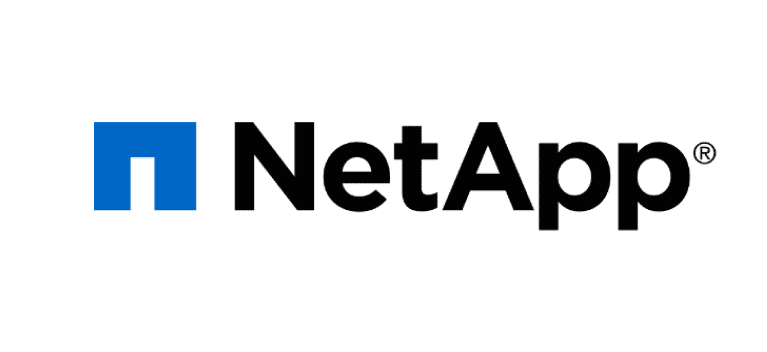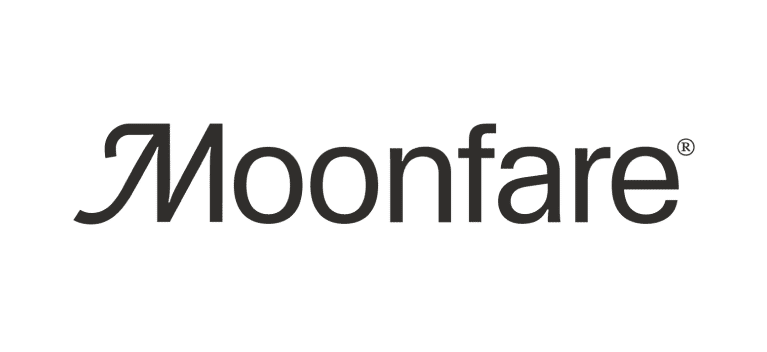Topics
Dremio Customers
Showing 0 of 0 customers
Loading Customers
Dremio Customer Sessions

Shell’s journey with data mesh to reshape the energy system
Watch now

Learn how one of the largest hospital accelerates cancer research with data mesh on Dremio’s open data lakehouse
Watch now

Dremio’s Data Lakehouse helped TransUnion develop a global unified analytics platform that improved credit access for 10s of millions of people
Watch now





